Are you interested in exploring historic castles? These are the must-see castles in Catalonia:
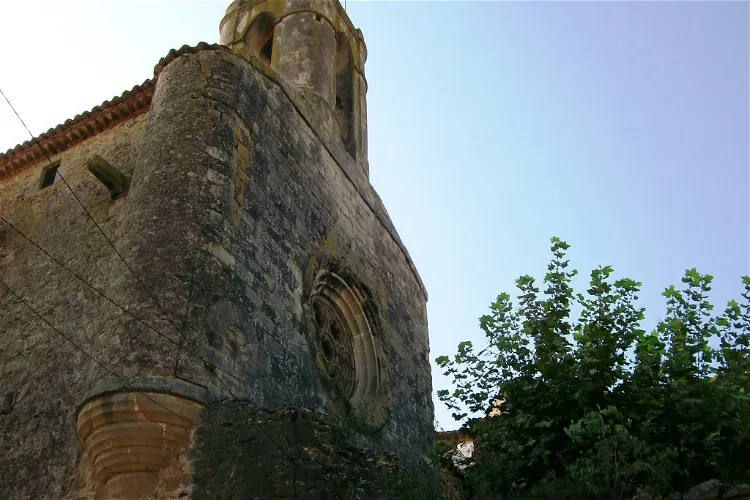
Castle of Púbol
PúbolThe Castle of Púbol, a Gothic-Renaissance fortification from the 11th century, is located in the hamlet of Púbol, which belongs to the municipality of La Pera, in the Baix Empordà. This historical site offers a unique glimpse into the past, with its well-preserved architecture and rich history.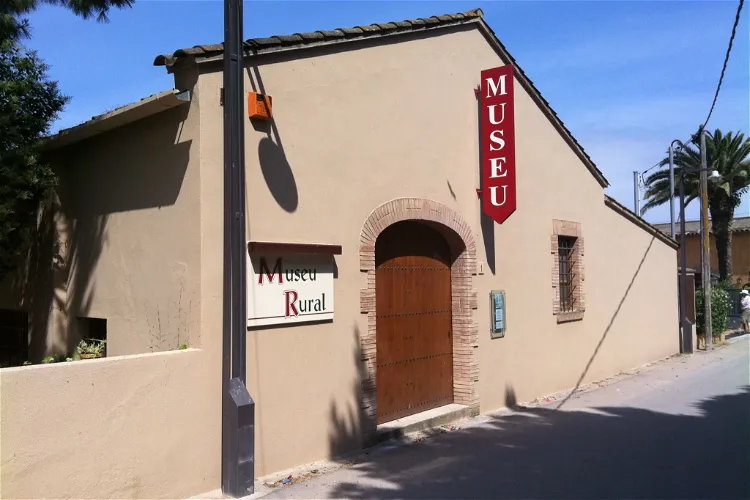
Rural Museum
Palau-satorPalau-sator is a quaint town located in the province of Girona, within the Autonomous Region of Catalonia. This municipality is not just a single town, but also encompasses the charming villages of Fontclara, Sant Feliu de Boada, Sant Julià de Boada, and Pantaleu. Each of these villages has its own unique character and history, making them interesting places to explore for tourists.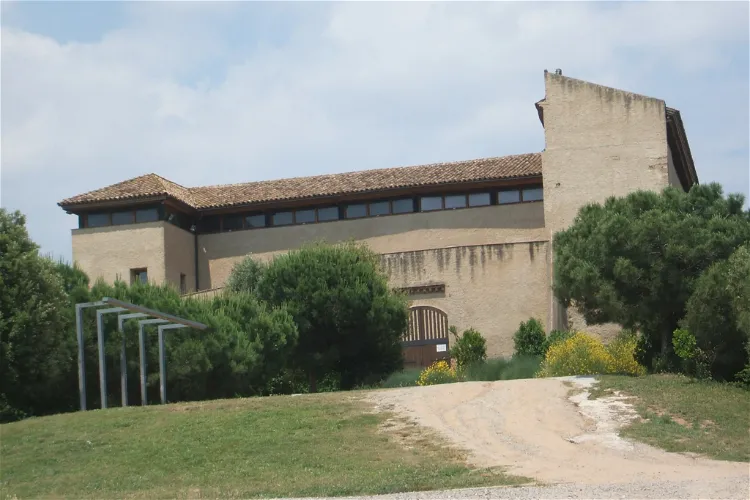
Rubí Municipal Museum
RubíThe Rubí Municipal Museum, also known as El Castillo-Ecomuseo Urbano de Rubí, is situated in the Rubí Castle. This castle is one of the most significant heritage sites in the city, having served various functions from the 13th to the 20th century, including a defensive stronghold, a noble residence, and a farmhouse.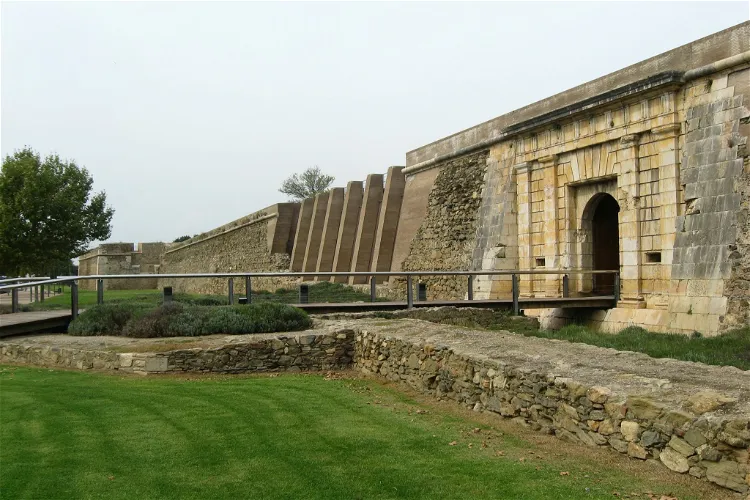
Ciutadella de Roses
RosesCiutadella de Roses, located in Roses, Catalonia, Spain, is a historical site featuring a ruined fortification. The site is surrounded by various other significant buildings, including the Castell de la Trinitat and the monastery Santa Maria de Roses. These structures offer a glimpse into the region's rich history and architectural styles.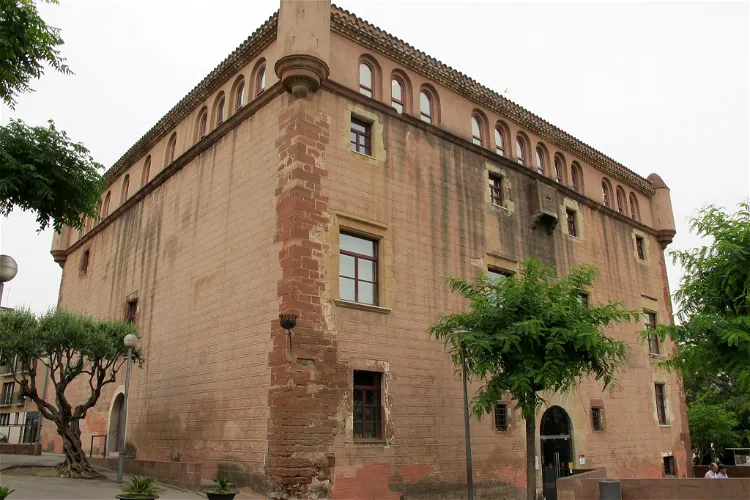
Castell de Pallejà
PallejàEl castillo de Pallejá is a palace-castle situated in the town of Pallejá, in the Catalan region of Bajo Llobregat. This historical site offers a glimpse into the past, with its architecture dating back to the 16th and 17th centuries. It is located at Avenida Prat de la Riba number 10 and is well-preserved and in good condition.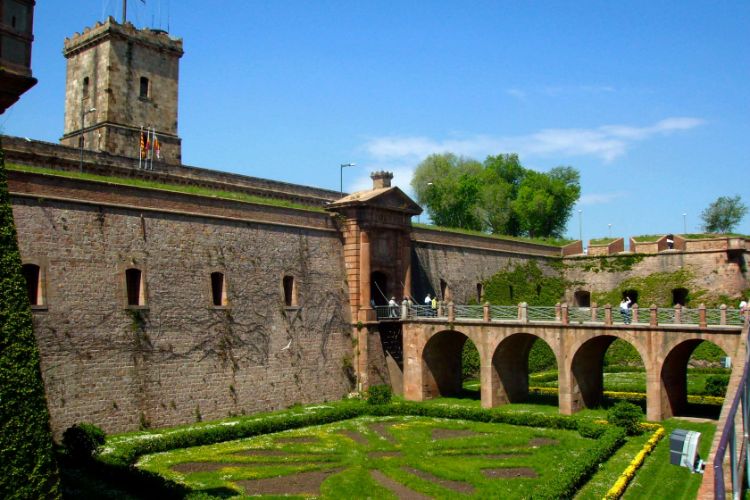
Montjuïc Castle
BarcelonaThe Montjuïc Castle was an old military fortress that was renovated in the 17th century and until 1960 served as a military prison. Allegedly, executions were regularly happening here during the civil war from 1936 to 1939. After that, it was turned into a military museum which closed in 2009. Now y